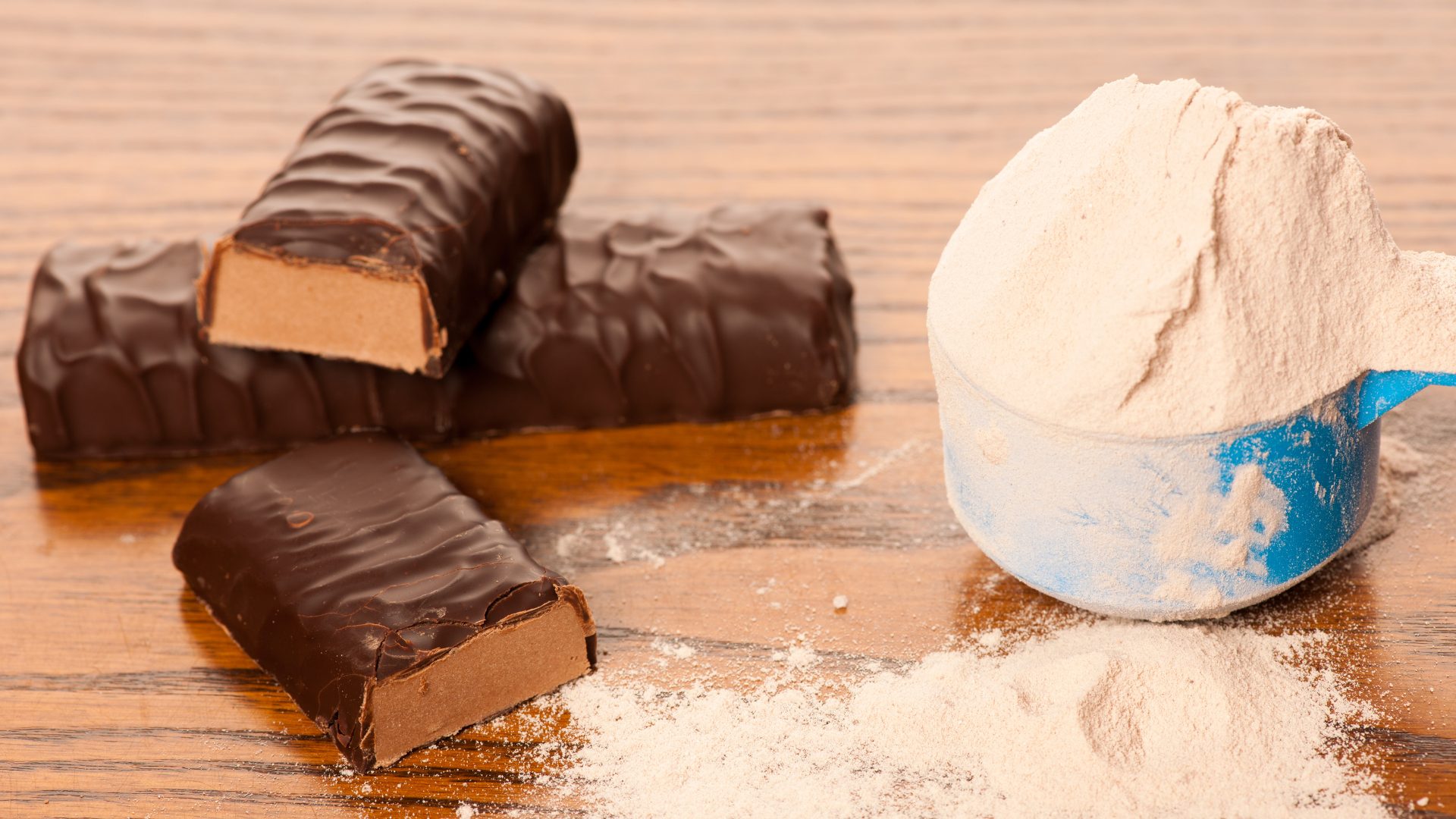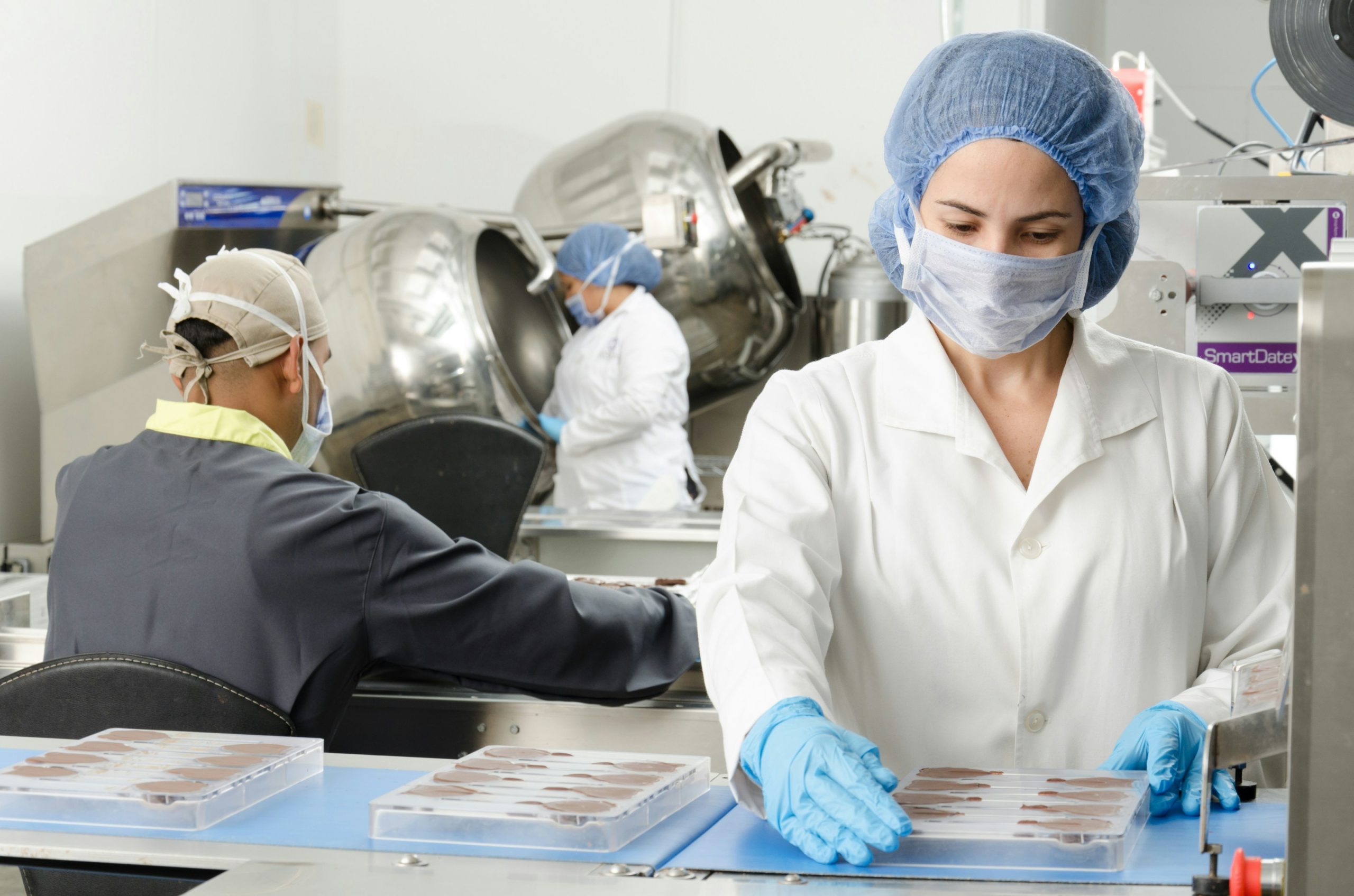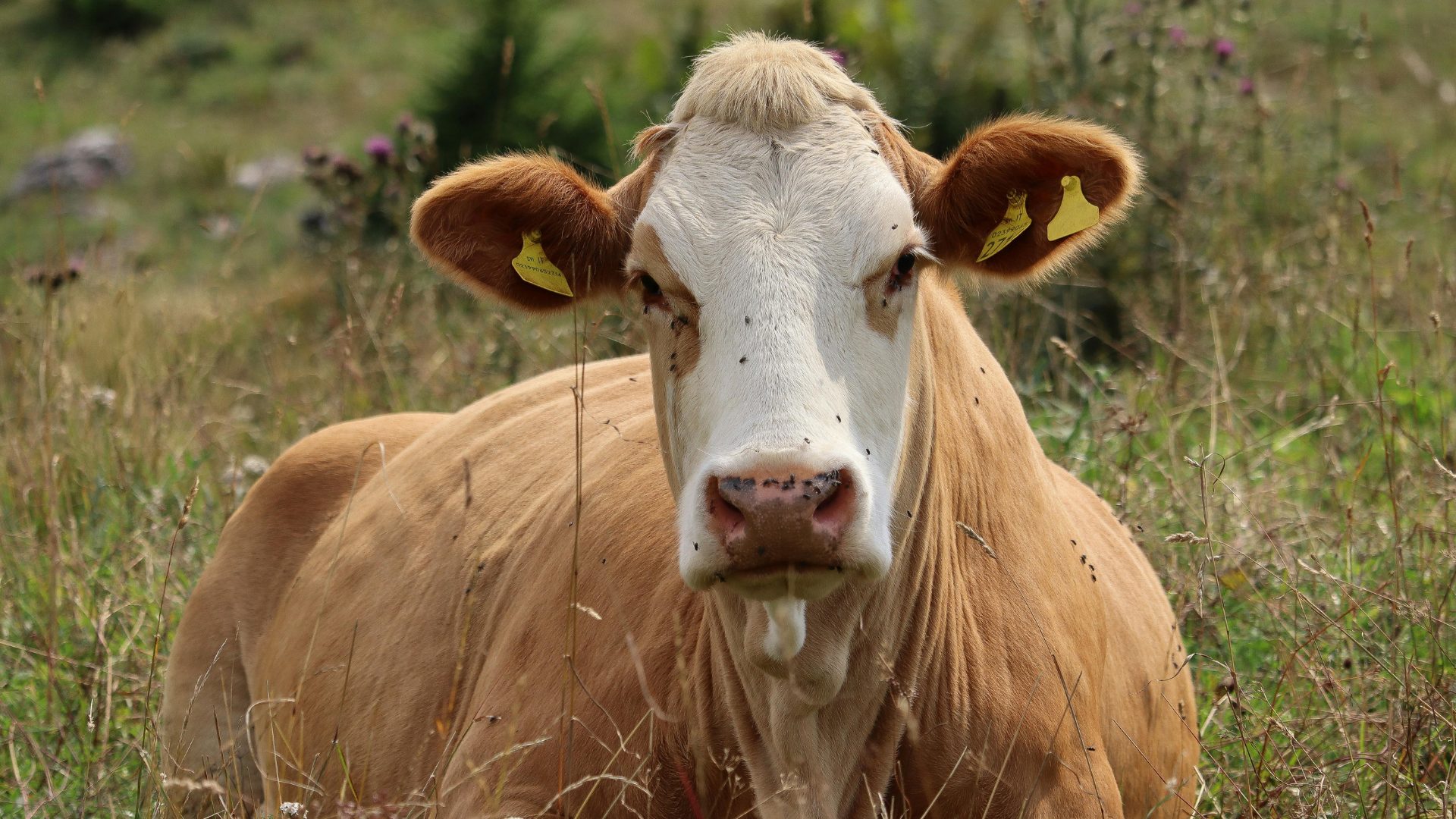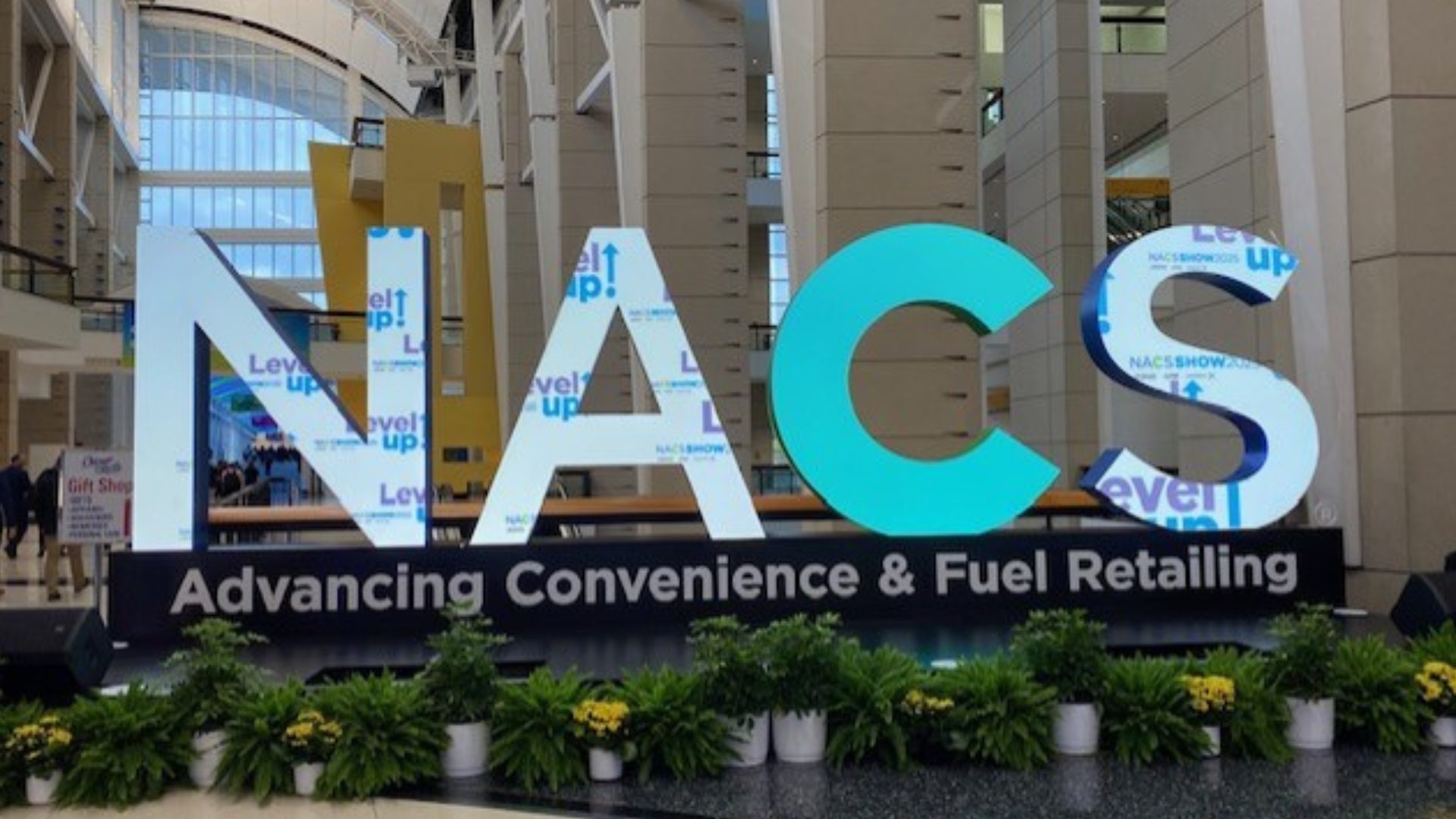Tuesday, the U.S. Department of Health and Human Services and the Food and Drug Administration unveiled an effort to phase out a total of eight petroleum-based synthetic dyes from the U.S. food supply.
Additionally, the departments urged food companies to remove Red Dye No. 3 earlier than the previously announced 2027 deadline period as announced by the Biden Administration.
At the Tuesday press event, key industry stakeholders, including Make America Health Again (MAHA) evangelist and HHS secretary Robert F. Kennedy Jr. and FDA Commissioner Marty Makary, discussed how the decision endeavors to protect American youth from the potentially hazardous chemicals. They cited research suggesting a link between these ingredients and adverse health outcomes.
“We have a new epidemic of childhood diabetes, obesity, depression, and ADHD,” said Mackary.
“Given the growing concerns of doctors and parents about the potential role of petroleum-based food dyes, we should not be taking risks and do everything possible to safeguard the health of our children.”
The leaders were also keen on ensuring the American public will not suffer from the decision.
“To be clear, the transition from petroleum-based food dyes to more natural alternatives will not increase food prices,” ensured Makary, adding that other countries already ban many of these additives.
The Hit List
“For too long, some food producers have been feeding Americans petroleum-based chemicals without their knowledge or consent,” said Kennedy, Jr.
In addition to working with industry stakeholders to eliminate six petroleum-based synthetic dyes by the end of 2026, including Green No. 3, Red No. 40, Yellow No. 5, Yellow No. 6, blue No. 6, and Blue No. 2, FDA announced the following measures currently being taken:
- The establishment of a national standard and timeline for the food industry to transition from petrochemical-based dyes to natural alternatives.
- The initiation of a process to revoke authorization for two synthetic food colorings—Citrus Red No. 2 and Orange B—within the coming months.
- The authorization of four natural color additives in the coming weeks, while accelerating the review and approval of others.
- A partnership with the National Institutes of Health (NIH) to conduct comprehensive research on how food additives impact children’s health and development.
European and Canadian markets have already banned many of these additives or have permitted them with accompanying warning labels.
Some natural colorants currently under review include calcium phosphate, algae-based Galdieria extract, plant-based gardenia and butterfly pea flower extract. In the meantime, Makary urged CPG manufacturers to consider transitioning to already approved natural alternatives, such as watermelon and beet juices.
As of today, however, there is no legal precedent to address these requested modifications.
Industry Response
Industry working groups’ responses to the announcements varied.
Thomas Galligan, principal scientist at CSPI noted how FDA and HHS missed the mark by not explicitly banning these ingredients, aside from the very rarely used Citrus Red and Orange colorants, reports NPR.
“The FDA has the authority to ban them outright if they wanted to… So it’s a bit of a strange announcement,” he said.
The National Confectioners Association indicated its willingness to work with the administration on the issue, however, stopped short of voluntarily pledging to take immediate action.
“We are in firm agreement that science-based evaluation of food additives will help eliminate consumer confusion and rebuild trust in our national food safety system. We follow and will continue to follow regulatory guidance from the authorities in this space, because consumer safety is our chief responsibility and priority,” they said in a statement.
The Consumer Brands Association, however, was not as forthcoming. They noted that these ingredients have been rigorously tested and demonstrated to be safe.
“Removing these safe ingredients does not change the consumer packaged goods industry’s commitment to providing safe, affordable and convenient product choices to consumers,” they said.
The association added that the HHS and FDA ought to reestablish themselves as a leading regulatory body, as a “state patchwork of differing laws” creates customer confusion, deters innovation, and increases costs, likely referencing recent initiatives from 23 states including California and West Virginia to ban synthetic food additives.
On the coattails of the announcement, The International Dairy Foods Association pledged a voluntary commitment to eliminate certified artificial colors in milk, cheese, and yogurt products sold to K-12 schools by July 2026.
USDA Secretary Brooke Rollins applauded the swift decision, complementing the Association’s industry-leading strategy.
The Food Institute Podcast
It’s tariff time, and companies the world over are working to better understand how their operations will be impacted. Jodi Ader from RSM US LLP joined The Food Institute Podcast to discuss which products and inputs are currently subject to tariffs, and how to best mitigate supply chain risks.












